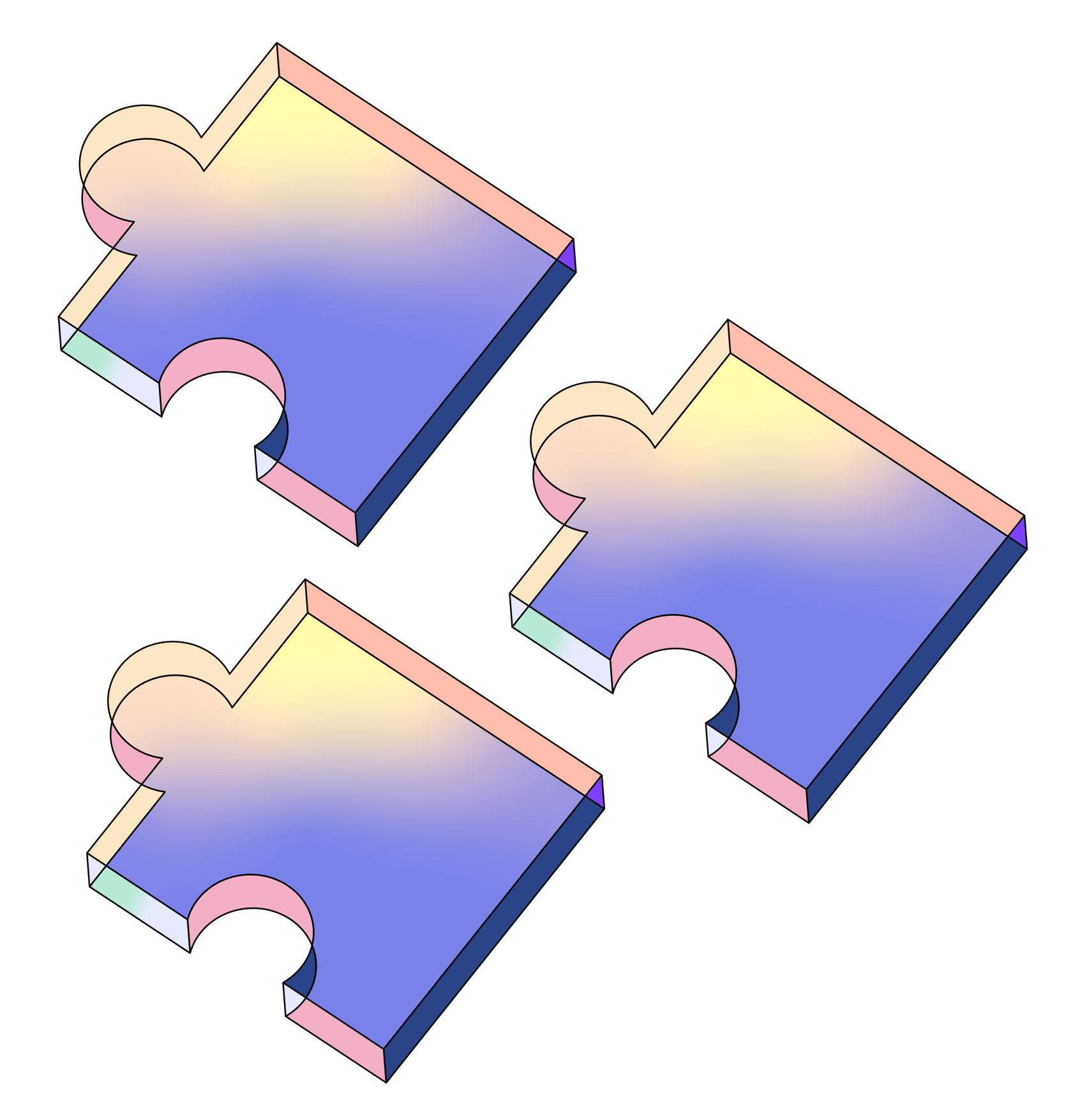Unisight
Unisight: AI-powered on-chain data analysis and visualization using natural language.
Unisight
Created At
Winner of

1inch - Use the Dev Portal APIs to streamline your dApp development 1st place

Zircuit - Best use of AI
Project Description
Core Concept
Unisight is an AI-powered platform that enables anyone—regardless of technical background—to explore, visualize, and analyze on-chain data through natural language. By removing the need to write SQL queries or code, Unisight makes blockchain data truly accessible. The core idea is to turn data interaction into a conversational experience, helping users unlock insights effortlessly.
Key Components
- AI Interaction Layer (Powered by GPT-4o): Unisight leverages OpenAI’s GPT-4o model to interpret natural language requests and translate them into database queries, visual instructions, or analytical summaries.
- MCP Server-Based Data Access: The platform wraps blockchain databases into a modular MCP server format, allowing the AI to query and interact with data efficiently and securely.
- Visualization Engine (Plotly-Powered): The system uses Plotly to generate rich, interactive JavaScript visualizations with features like zooming, tooltips, and drill-down capabilities, all rendered directly in the frontend for seamless user interaction.
- Insight Generation Module: Beyond just charts, the AI interprets patterns, explains trends, and suggests deeper insights to guide users through complex data narratives.
Key Features
- No Code, Just Language: Users can type questions like “What’s the trend of NFT sales on Ethereum this month?” and immediately receive charts and AI-generated insights.
- Plug-and-Play Data Integration: Any on-chain data source can be connected to Unisight via its MCP server structure, enabling rapid expansion across ecosystems.
- End-to-End AI Co-Pilot Experience: From querying to charting to insight generation, the AI stays with the user every step of the way, allowing follow-up questions and deeper dives.
- Designed for Non-Technical Users: Perfect for creators, analysts, investors, or anyone curious about blockchain data but unfamiliar with SQL or programming.
- Interactive, Conversational Analytics: The system adapts to follow-up prompts, supports drill-downs, comparisons, and lets users refine their exploration naturally.
How it's Made
🧠 AI Architecture
Unisight is built around a modular multi-agent architecture designed to translate natural language prompts into dynamic, interactive visual analytics.
-
Planner Agent
The user prompt is first passed to a Planner Agent, which breaks down complex questions into sub-tasks such as data querying, visualization, or follow-up analysis. This modular planning enables Unisight to handle abstract and multi-step queries. -
Router Agent
During user interaction—especially when users engage with visualizations or images—the Router Agent determines the intent of the prompt. It decides whether the user wants to regenerate the chart, request further analysis, or ask a follow-up question. -
Visualization Agent
Once data is retrieved, the Visualization Agent receives flattened JSON-formatted data and generates the appropriate Plotly configuration. The agent is optimized to understand chart types, axes, dimensions, and interactivity features from both data structure and natural language cues.
🔌 Data Access via MCP Server
Unisight introduces a flexible, AI-friendly abstraction for blockchain data access using an MCP (Model Control Protocol) Server:
- Any on-chain database can be connected to Unisight by exposing its API in a standard format (Request Headers, Request Body, Response Body returning JSON).
- The AI model interacts with these APIs by sending structured calls to the MCP Server, which bridges the language model and the raw data source.
- This allows plug-and-play integration of any on-chain data source without the AI needing hardcoded logic.
🧩 Current Integrated Data Sources
Unisight currently connects to APIs provided by Nodit, 1inch, and Zircuit, allowing rich access to real-time and historical on-chain activity including DeFi trades, protocol metrics, and ecosystem analytics.
📊 Visualization Layer (Plotly-Driven)
- Unisight uses Plotly to generate interactive, JavaScript-based charts. The Visualization Agent outputs Plotly chart definitions, which are converted to JS and rendered on the frontend.
- Features supported: zoom, pan, tooltip, drill-downs, and dynamic updates via follow-up prompts.
- Users can re-engage with a chart (e.g., “add a moving average” or “compare this with last month”) and trigger re-plotting, all within the same natural language loop.
🔔 Webhook Automation via Natural Language (Powered by Nodit)
Unisight extends its capabilities beyond data analysis by enabling users to create on-chain data webhooks via natural language commands, using Nodit's API infrastructure.
- Users can simply say things like:
“Alert me when daily active users on Zircuit exceed 10,000”
“Notify me when there’s a large swap on 1inch over $100k” - Behind the scenes, Unisight parses the intent and dynamically constructs the correct webhook configuration, including filters, conditions, and destination URLs.
- These webhooks are registered through Nodit’s webhook API, and users are provided with a corresponding visual webhook dashboard where they can manage, edit, or remove their alerts.
This feature turns passive analytics into active monitoring and alerting, making Unisight not just a dashboard, but a real-time data assistant.
🔁 System Architecture
Unisight’s system is composed of three main layers:
-
AI Layer
- Powered by OpenAI GPT-4o
- Manages prompt understanding, planning, database interaction, visualization generation, and conversational flow
- Tracks session history for contextual multi-turn conversations
-
Backend Layer
- Hosts the MCP Server, which interfaces with blockchain data APIs like Nodit, 1inch, and Zircuit
- Handles data flattening and preprocessing for visualization agents
- Manages session state, logging, and inter-agent communication
-
Frontend Layer
- Renders AI-generated Plotly charts and facilitates user input
- Supports interaction through text and visuals (e.g., clicking a chart to trigger deeper analysis)
- Displays AI commentary and updates based on user refinements

